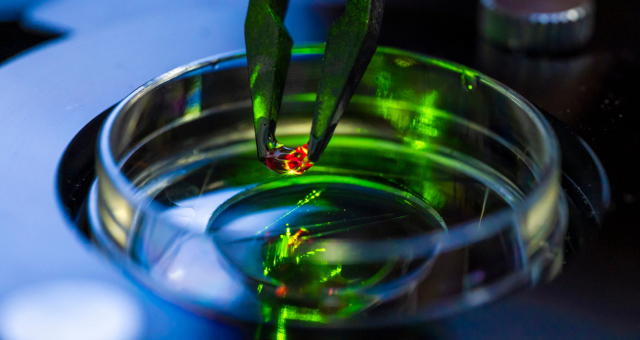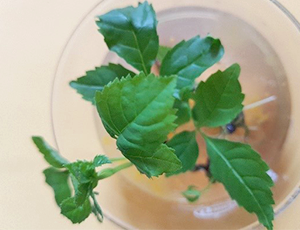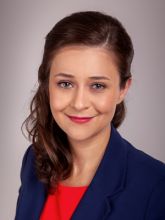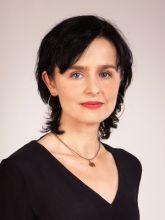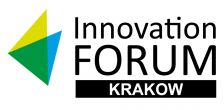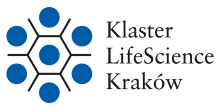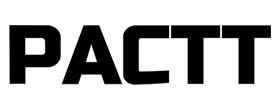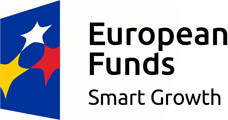
- searching for novel, accurate and precise correction methods for quantitative biological X-ray microanalysis. Teoretical solutions based on Monte Carlo simulation and their experimental verification,
- investigation of osteoconductive and osteosteoinductive properties of implant materials in human and rodent mesenchymal stem cell and osteoprogenitor cultures – 2D and 3D cultures on experimental surfaces and scaffolds and dynamic cultures (i.e. cultures stimulated with dynamic media flow),

- scanning electron microscopy at room temperature,
- electron probe X-ray microanalysis of element content and distribution with energy-dispersive spectrometry,
- flow cytometry,
- scanning laser microscopy – confocal microscopy,
- chemical or low-teperature preparation of biological materials and hydrated polimers for their examination by means of scanning electron microscopy,
- low-teperature preparation of biological materials and hydrated polimers for element analysis by means of X-ray microbeam techniques
- preparation of biologically-derived materials for scanning electron microscopy imaging and examination,
- preparation of biologically-derived materials for X-ray microanalysis,
- preparation of standards dedicated to quantitative X-ray microanalysis of biological materials,
- methods for quantitative analysis of elements by means of X-ray microanalysis in biology,
- practical operation of the scanning electron microscope combined with energy-dispersive spectrometer for element analysis,
- preparation of cells and their analysis using flow cytometry – apoptosis, presence of surface antigenes, DNA content, cell size,
- practical operation of the flow cytometer,
- preparation of cells and tissues to examinations using fluorescence microscopy (wide—field and confocal) – immunolabeling,
- imaging of cells and tissues to wide-field and confocal microscopy imaging – application of deconvolution approaches as well as FRET and FRAP techniques,
- analyses of osteogenic potential of mesenchymal stem cells and osteoprogenitor cells in 2D and 3D cultures grown on commercially available and experimental surfaces and scaffolds. Analyses at cell and molecular level – i.e. histochemical and immunohistochemical methods, surface antigen markers evaluated with cytofluorimetry, evaluation of cell proliferation, aging, apoptosis and related, analyses of enzymes activity, determination of differentiation markers, including analyses of selected intracellular signaling pathways – their activation and regulation.
Workshops on
-isolation and culture of bone marrow-derived mesenchymal stem cells,
- 2D and 3D cultures on non-standard, experimental surfaces and scaffolds made of ceramics, metals and polymers; chemically and topographically differentiated,
- dynamic cultures with the use of perfusion bioreactor,information / broker of Jagiellonian University


